Italian spice, commonly known as Italian seasoning, is a pre-mixed blend of dried herbs used in Italian-American cooking. It typically includes basil, oregano, thyme, rosemary, and marjoram, providing a convenient way to add authentic Mediterranean flavor to dishes like pasta sauces, pizza, and roasted vegetables. Whether you're a seasoned home cook or a curious foodie, this guide explains everything you need to know about Italian spice—from its ingredients and uses to top brand recommendations and DIY recipes.
Table of Contents
- What Is Italian Spice?
- Key Ingredients in Italian Spice Blends
- How to Use Italian Spices in Cooking
- Comparing Popular Italian Spice Brands
- Buying Guide: How to Choose the Best Italian Spice Blend
- Frequently Asked Questions About Italian Spices
- Final Thoughts on What Is Italian Spice
What Is Italian Spice?
The term "Italian spice" (often called Italian seasoning) refers to a standardized blend of dried herbs developed for Italian-American cuisine. Unlike traditional Italian cooking where fresh herbs are used individually, this pre-mixed version offers consistent flavor for everyday dishes. It's not commonly found in Italy itself but has become a global kitchen staple for its convenience.
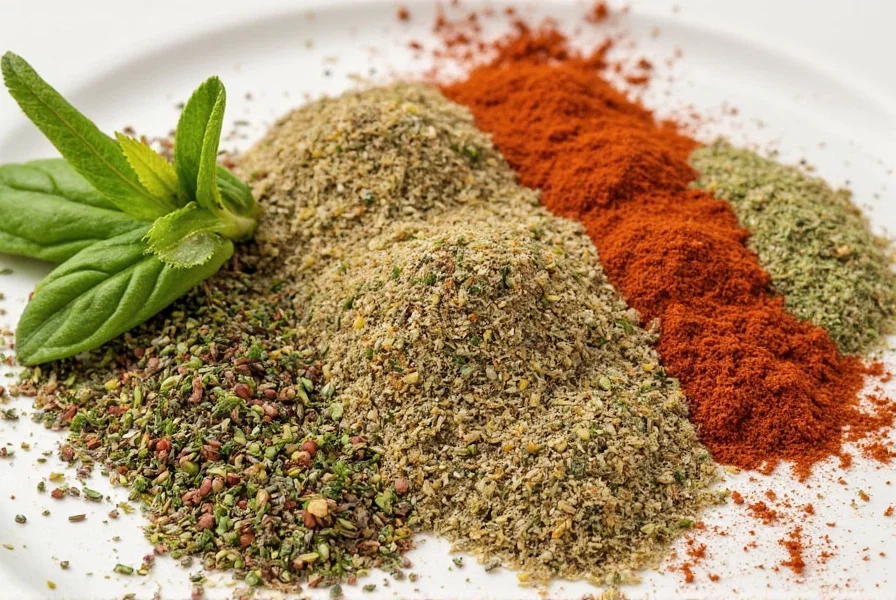
Key Ingredients in Italian Spice Blends
While recipes vary by brand, most Italian spice blends contain these core dried herbs:
| Herb | Flavor Profile | Best For |
|---|---|---|
| Basil | Sweet, peppery | Tomato sauces, pesto, Caprese salad |
| Oregano | Earthy, bold | Pizza, pasta sauces, grilled meats |
| Thyme | Woody, herbal | Stews, roasts, soups |
| Rosemary | Piney, sharp | Lamb, potatoes, focaccia bread |
| Marjoram | Mild, citrusy | Eggplant, stuffings, sausages |
How to Use Italian Spices in Cooking
Maximize flavor with these practical techniques:
1. Start Small
Since potency varies by brand, add sparingly. You can always add more, but you can't remove excess.
2. Use in Tomato-Based Dishes
This is where Italian spice shines! Add it to marinara, bolognese, or any pasta sauce simmering on your stove.
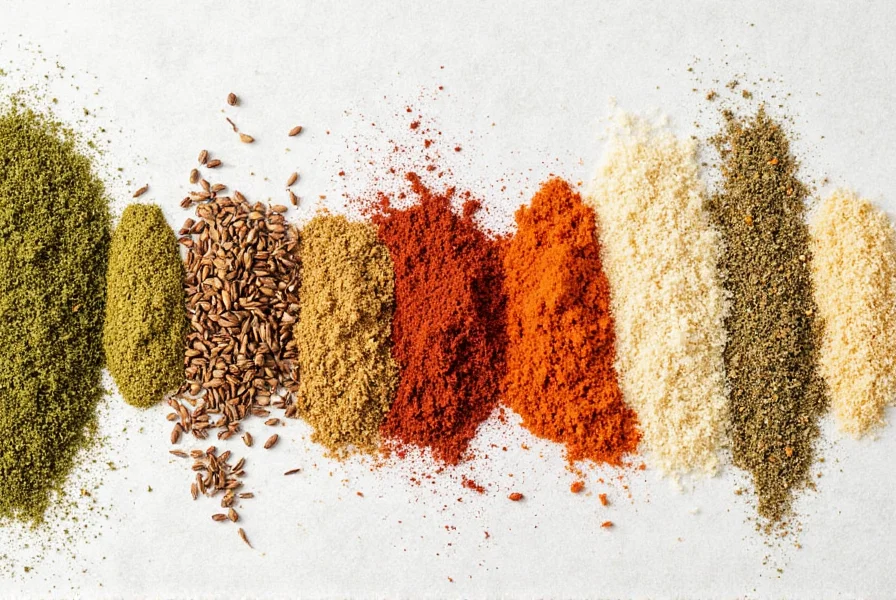
3. Sprinkle Before Roasting
Toss vegetables or meats with olive oil first, then sprinkle Italian spice before baking. Heat releases herbal oils for intensified flavor.
4. Enhance Store-Bought Pizza
Brush frozen pizza with garlic butter, sprinkle Italian seasoning, and bake for restaurant-quality results.
5. Make Your Own Homemade Blend
Customize your mix with this simple recipe:
- 2 tbsp dried basil
- 2 tbsp dried oregano
- 1 tbsp dried thyme
- 1 tbsp dried rosemary
- 1 tsp dried marjoram
- Mix all together and store in an airtight container.
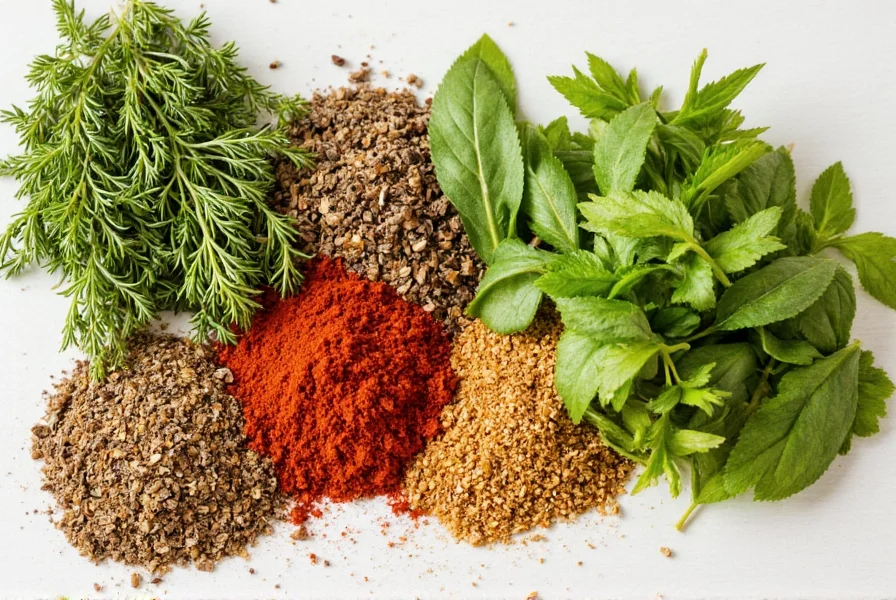
Comparing Popular Italian Spice Brands
| Brand | Ingredients Highlight | Flavor Profile | Best For |
|---|---|---|---|
| McCormick Italian Seasoning | Basic herbs: basil, oregano, thyme, rosemary | Well-balanced, moderately strong | Everyday pasta, casseroles |
| Simply Organic Italian Herb Blend | Organic ingredients, includes marjoram | Mild and aromatic | Health-conscious cooking |
| Spice Islands Italian Seasoning | No additives, minimal processing | Clean, earthy | Homemade sauces and dressings |
| Bobs Red Mill Italian Seasoning | High-quality herbs, great value | Fragrant and robust | Grilled meats, hearty stews |
| Trader Joe's Italian Seasoning | Inexpensive, includes garlic powder | Mild, with a hint of garlic | Weeknight meals, pizzas |
Buying Guide: How to Choose the Best Italian Spice Blend
Consider these factors when selecting:
1. Ingredient List
Choose blends with only natural herbs and no fillers or artificial additives. Short ingredient lists ensure pure flavor.
2. Flavor Intensity
Milder blends suit everyday dishes; robust versions work best for grilling or bold sauces.
3. Certification
Look for USDA Organic, Non-GMO Project Verified, or Gluten-Free Certified labels if needed.
4. Brand Reputation
Trusted brands like McCormick or Spice Islands typically offer consistent quality.
5. Usage Context
Lighter blends suit seafood; spicier versions enhance meats and pizza crusts.
Top Recommended Italian Spice Products
- Best Overall: McCormick Italian Seasoning – Balanced and versatile.
- Best Organic: Simply Organic Italian Herb Blend – Clean ingredients and rich flavor.
- Best Budget Option: Trader Joe's Italian Seasoning – Affordable and tasty.
- Best for Grilling: Bob's Red Mill Italian Seasoning – Bold flavor that stands up to high heat.
- Best for Health-Conscious Cooks: Spice Islands Italian Seasoning – No additives or preservatives.
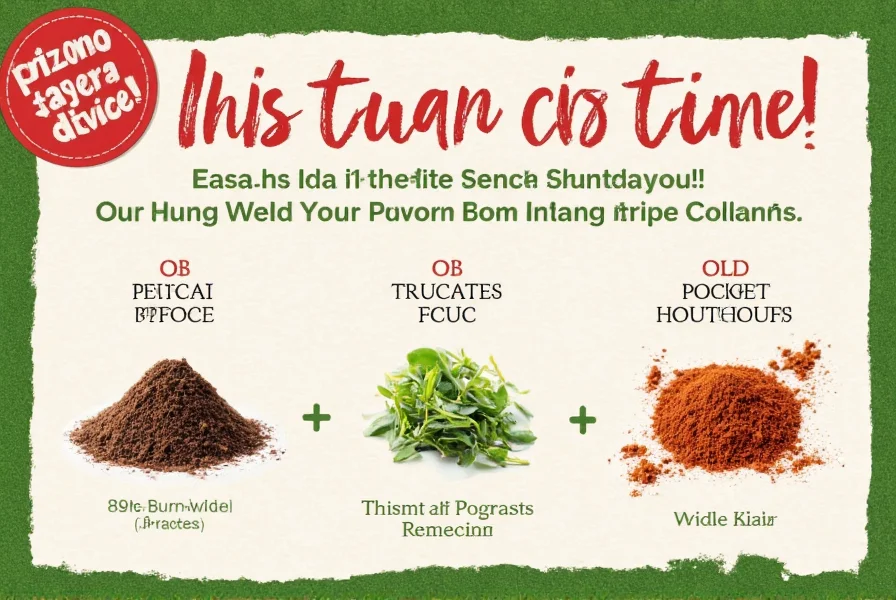
Frequently Asked Questions About Italian Spices
What is Italian spice?
Italian spice (or Italian seasoning) is a pre-mixed blend of dried herbs commonly used in Italian-American cooking. It typically contains basil, oregano, thyme, rosemary, and sometimes marjoram or parsley. This blend provides a balanced flavor profile that mimics classic Italian dishes without requiring multiple individual spices.
Can I substitute Italian seasoning with individual herbs?
Absolutely! Just use a mix of dried basil, oregano, thyme, and optionally rosemary and marjoram in equal parts to mimic the flavor profile.
Is Italian seasoning the same as herbes de Provence?
Nope! While both are herb blends, herbes de Provence typically includes lavender and is more common in French cuisine. Italian seasoning sticks to more savory herbs without floral notes.
Can I use Italian spice in place of garlic powder?
Not really—they serve different purposes. Italian spice adds depth and aroma, while garlic powder gives a distinct pungent kick. They complement each other nicely, though!
Does Italian spice go bad?
Dried herbs don't spoil, but they do lose potency over time. Most last 1–3 years if stored in a cool, dark place. Rub a bit between your fingers—if the aroma is faint, it's time to replace it.
Final Thoughts on What Is Italian Spice
Italian spice is a versatile, convenient blend that brings authentic Mediterranean flavor to everyday cooking. Whether you're making a simple pasta dish or grilling meats, having this essential herb mix on hand simplifies meal preparation while delivering restaurant-quality taste. Experiment with different brands or create your own custom blend to discover your perfect flavor profile. Happy cooking!
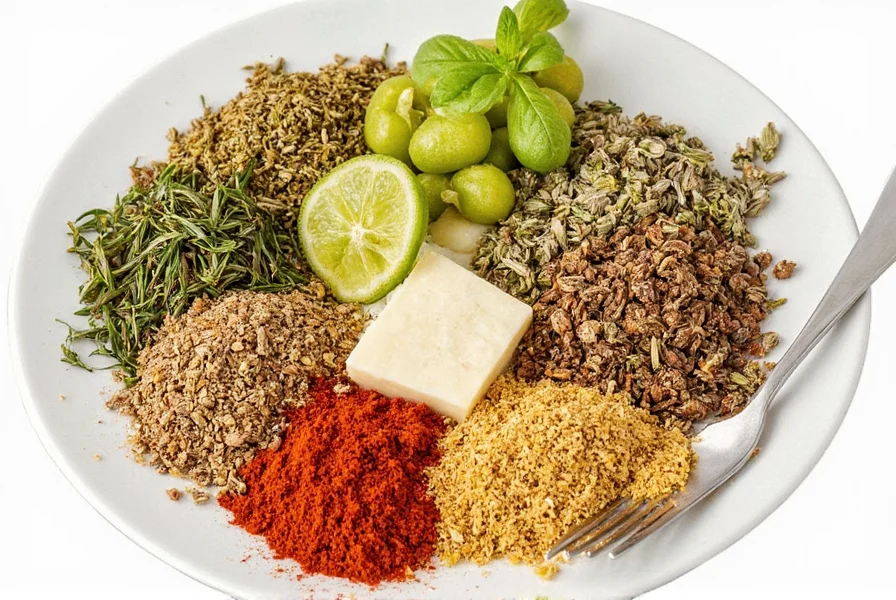

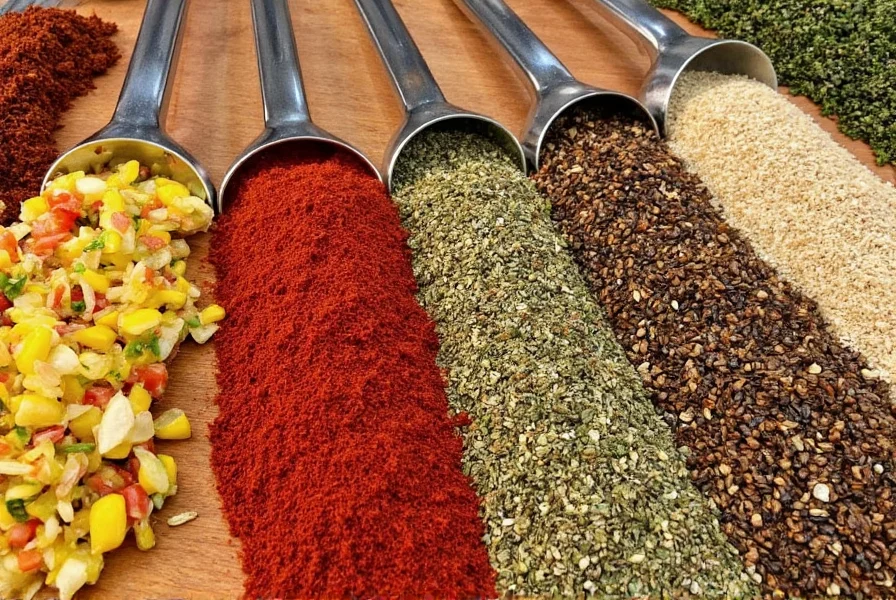









 浙公网安备
33010002000092号
浙公网安备
33010002000092号 浙B2-20120091-4
浙B2-20120091-4